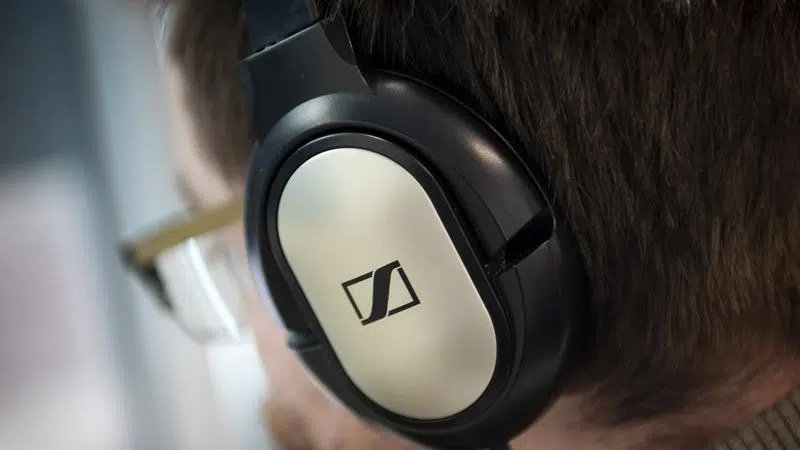
Audiologist welcomes WHO guidelines to prevent rising hearing loss
Over one billion 12 to 35-year-olds are at risk of hearing loss due to prolonged exposure to dangerously high noise levels, mainly from listening to music on their smartphones.
That comes from the World Health Organization (WHO) and the International Telecommunication Union (ITU), which have issued new international voluntary standards for the manufacture and use of audio devices and smartphones for safe listening.
Around the globe, more than 466 million people have disabling hearing loss, and by 2050, more than 900 million are anticipated to be living with significantly impaired hearing, WHO said.


